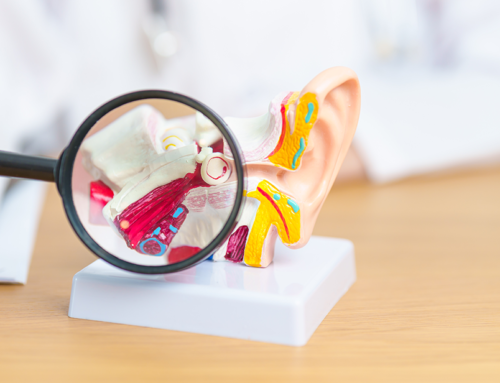Cochlear implant: more than just audio-verbal communication
Recent studies show: Hearing environmental sounds makes our lives safer and more enjoyable. We should listen on both sides and practice perceiving and classifying sounds.

In the early days of cochlear implantation, expectations of its effectiveness were modest: Open speech understanding was unlikely at the time. One was satisfied if CI users could perceive sounds as well as distinguish speech from environmental sounds and different environmental sounds from each other. The cochlear implant was intended to give acoustic perception of the environment as well as to support lip-reading.
With the introduction of more efficient, rapid coding strategies, namely from 1994 onwards with the introduction of the CIS strategy, the hearing results with the implant are incomparably better. Perception and attribution of environmental sounds have been somewhat forgotten: With current CI technologies, they are hardly ever determined on a scientific basis.
Yet it is precisely the perception of ambient sounds that can help people "find their way around their environment, warn them of potential dangers, and provide a sense of aesthetic satisfaction," according to the scientific team of a systematic study analysis from the USA published in early 2021.[1] These are not only important aspects for therapy and studies, but also relevant arguments in case the achievement of audioverbal communication seems unlikely for a CI candidate.
Important noises have priority!
In order to demonstrate further performance improvements of new cochlear implant technologies, scientific studies today usually use particularly difficult speech tests as well as speech tests in background noise. However, in addition to the U.S. study analysis, two recent studies specifically address noise perception with cochlear implants.
These recent data show that cochlear implants generally provide their users with improvements in perceiving the acoustic environment.[2] However, compared to normal-hearing individuals, most CI users still lack hearing in this regard.[3]
Current studies do not agree on whether users with better speech understanding necessarily recognize ambient sounds more reliably, too. However, a sound is recognized more reliably if implants are used on both sides,[4] if the sound is classified as safety-relevant[5] and is familiar[6]. The authors of the study assume better success if the hearing rehabilitation involves conscious practice in the perception and differentiation of sounds.[7]






